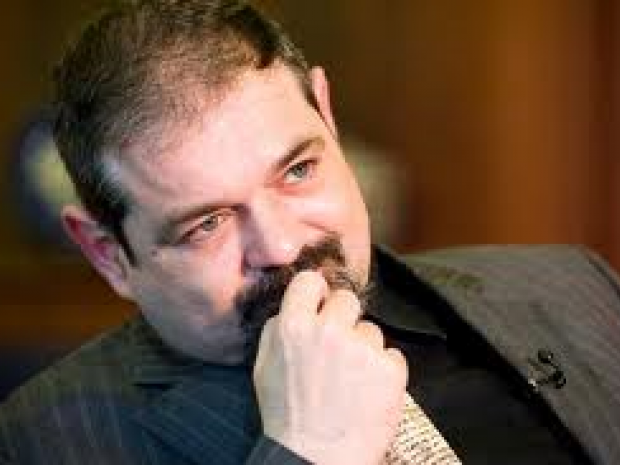Explosive synchronization in networked oscillators

Mechanical and Aerospace Engineering
Department Seminar Series
Stefano Boccaletti
Institute of Complex Systems of the CNR, Florence, Italy
Explosive synchronization (ES) is nowadays a hot topic of interest in nonlinear science and complex networks. So far, it is conjectured that ES is rooted in the setting of specific microscopic correlation features between the natural frequencies of the networked oscillators and their effective coupling strengths.
I review the main concepts correlated with ES, showing that it is actually a generic phenomenon, that can be found regardless of specific frequency distributions for the ensemble, or to specific network's topological structures. Next I will discuss the fact that ES is, in fact, even more general, as it can occur in adaptive and multilayer networks also in the absence of such correlation properties. Precisely, I will discuss the emergence of ES (in the absence of correlation) for networks where a fraction f of the nodes have links adaptively controlled by a local order parameter, and then I show how to extend the study to a variety of two-layer networks with a fraction of their nodes coupled each other by means of dependency links.
Rigorous and analytical treatments will be described to properly ground all the observed scenario, and to facilitate the understanding of the actual mechanisms at the basis of ES in real-world systems.
Biosketch
Stefano Boccaletti received his PhD in Physics in 1995. Throughout his career, he was several times at the forefront of research in statistical and nonlinear physics, and often contributed in determining the way some relevant subjects evolved. His major research lines are the theoretical modelling of pattern formation and competition in nonlinear active and passive optics, in excitable media, the study of adaptive strategies for chaos recognition, control and synchronization, the study of synchronization in spatially extended systems and in complex networks.
Boccaletti’s work to date was published in more than 200 Manuscripts (appeared on the major peer-reviewed journals in Physics) that hitherto received a total of 8779 citations (Google Scholar). In particular, his paper on complex networks’ structure and dynamics [Phys. Rep. 424:175 (2006)] where he introduced the classification of dynamical networks in terms of their propensity for synchronization, has turned into the most cited Manuscript ever published in Physics Reports (with a total of 3242 citations), and the second most quoted Reference in complex networks theory and application.

